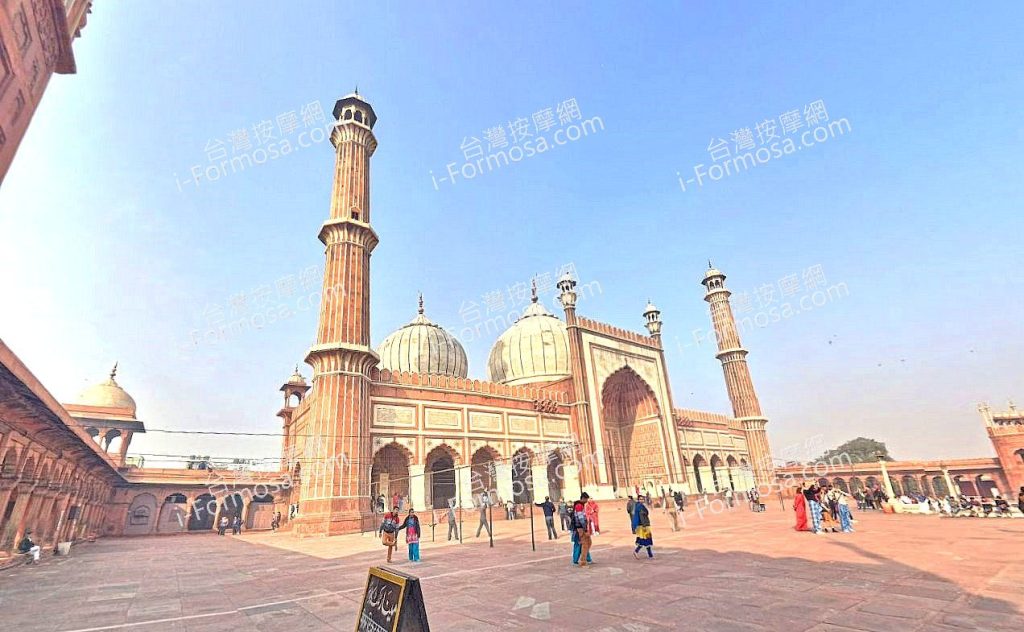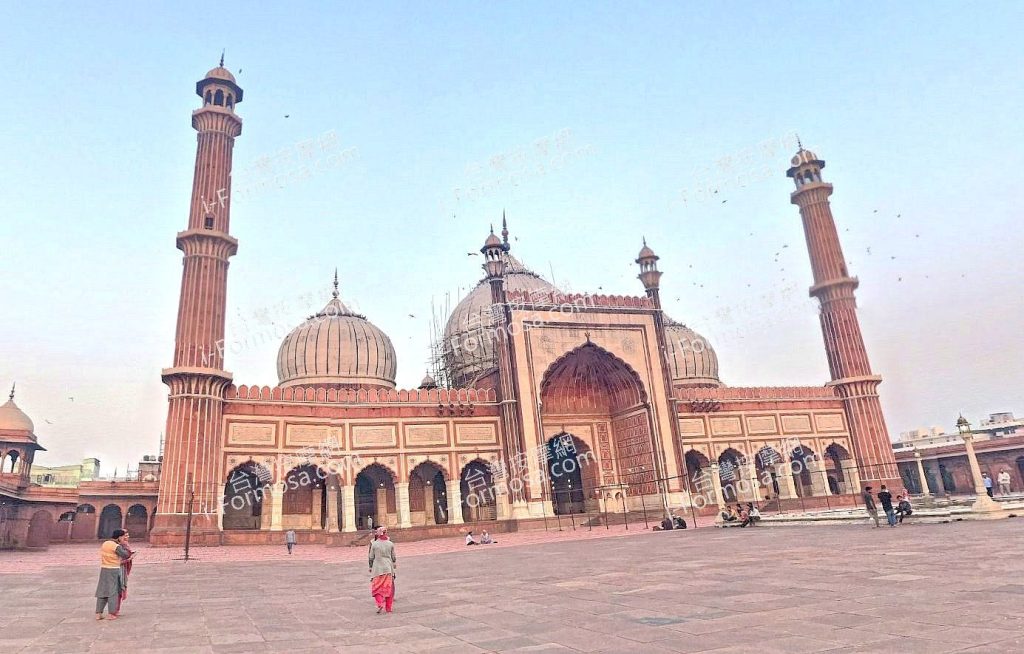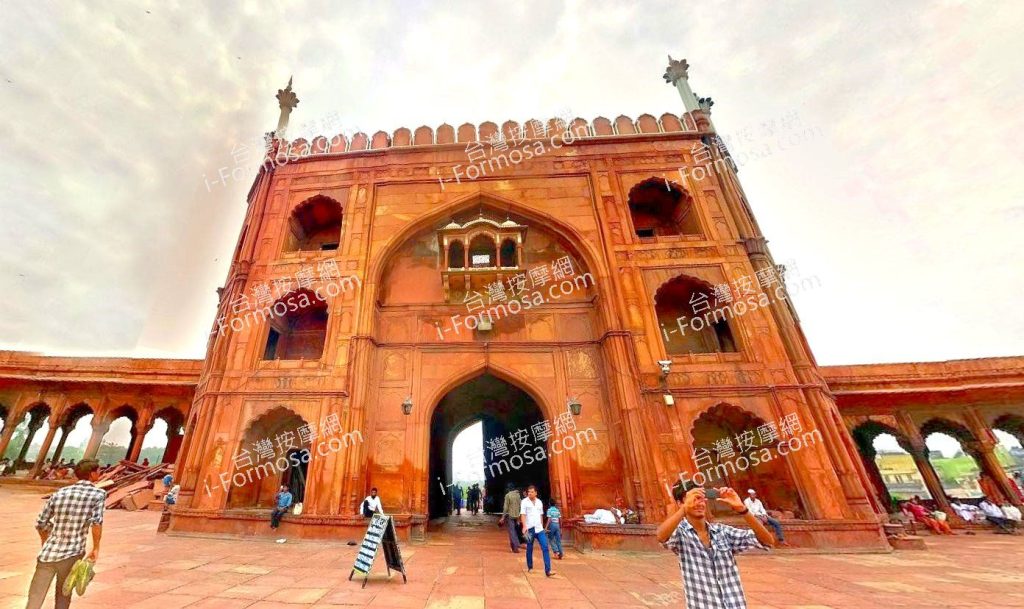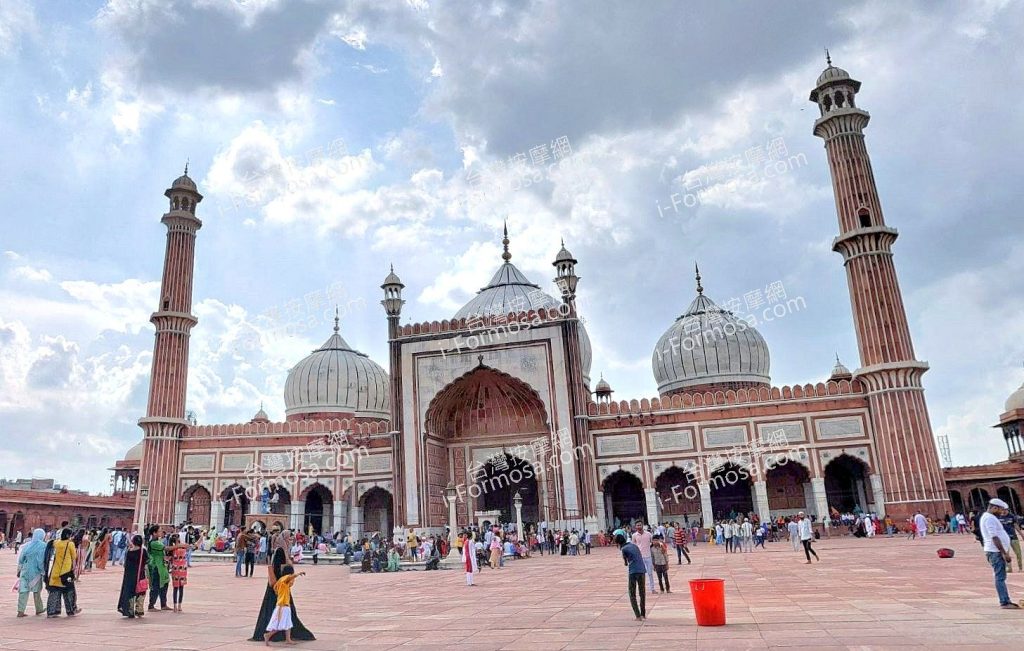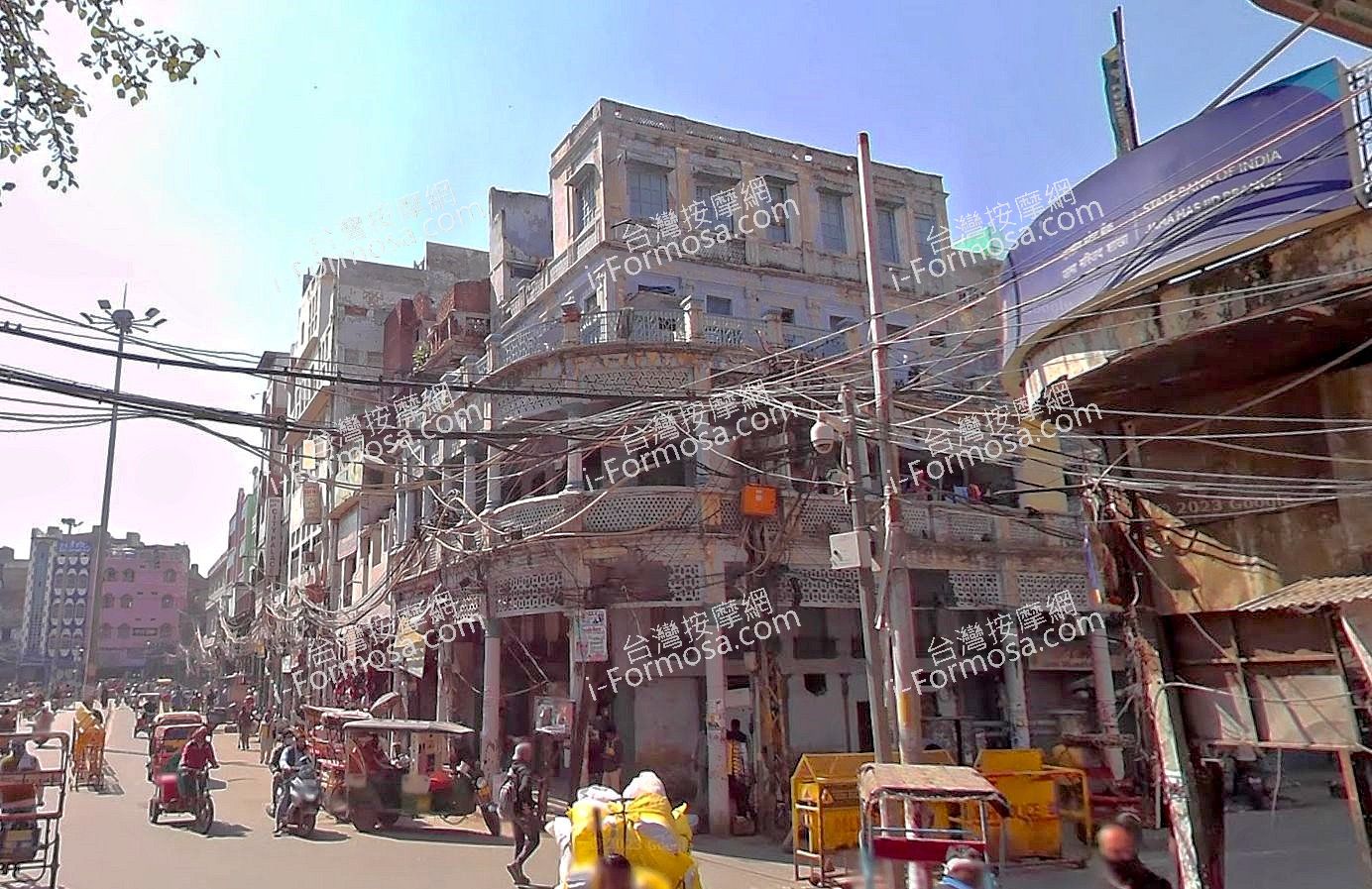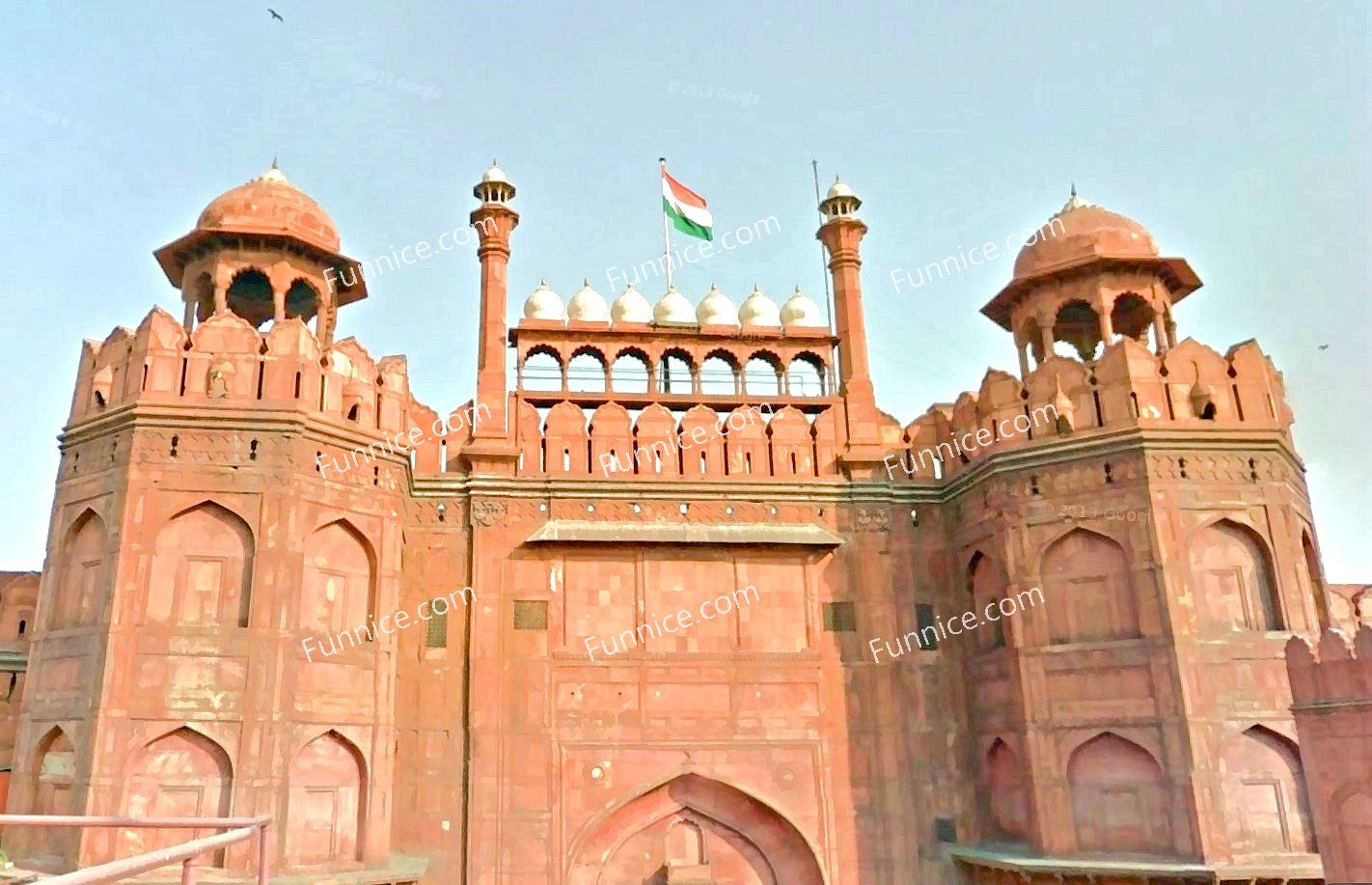The Jama Masjid, located on the bustling Chawri Bazar Road in Old Delhi, India, is not only one of the most important religious sites in the area but also the largest and most magnificent mosque in the country. Construction of this grand structure began on Friday, October 19, 1650, and took seven years to complete, employing around 5,000 craftsmen. It was commissioned by the fifth Mughal emperor, Shah Jahan—the same ruler who built the world-famous Taj Mahal and the Red Fort in Delhi.
The word “Jama” comes from the Arabic term for the congregational Friday prayer, known as Jumu’ah. Because of this, the mosque holds a special place in the Islamic world. Its official name is Masjid-i Jahan-Numa, meaning “the mosque that reflects the world,” symbolizing that it is not only a place of worship, but also a center of spirituality and culture.
The architecture of the mosque blends the elegance of Mughal design with the symmetrical beauty of Islamic art. Built from red sandstone and white marble, the structure presents a striking visual contrast and a powerful presence. The mosque measures 80 meters in length and 27 meters in width, and it features three white marble domes and two minarets reaching a height of 41 meters. Its three grand gates open toward the east, south, and north. The vast courtyard can hold up to 25,000 worshippers at once, creating a truly spectacular scene during prayer gatherings.
Today, Jama Masjid remains a vital spiritual center for the Muslim community in Delhi. During Islamic festivals, worshippers gather here from all over, filling the old city with an atmosphere that is both solemn and vibrant. Visitors can reach the mosque on foot from nearby metro stations such as Chawri Bazar or Jama Masjid. Modest dress is required to enter, and robes are sometimes provided at the entrance. For those who climb one of the minarets, a panoramic view of Old Delhi awaits—a unique and memorable experience.
This mosque is more than just a religious structure—it is a living piece of history. It embodies the artistic achievements and spiritual spirit of the Mughal Empire, making it a cultural landmark that no traveler to Delhi should miss.
